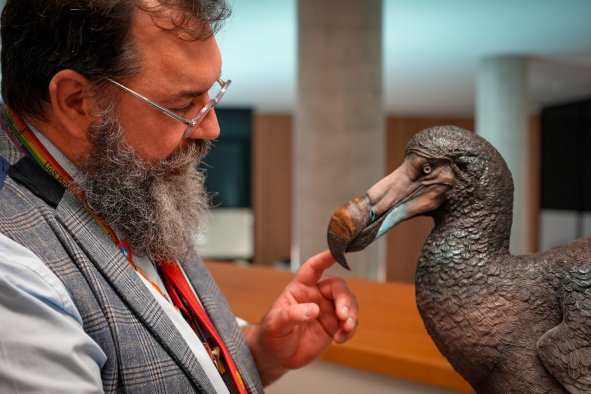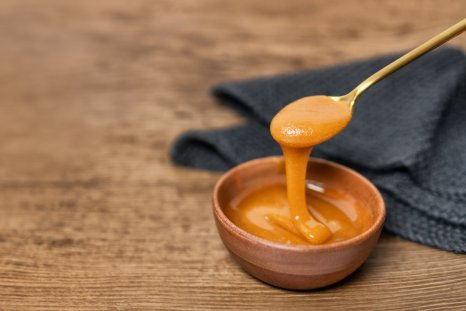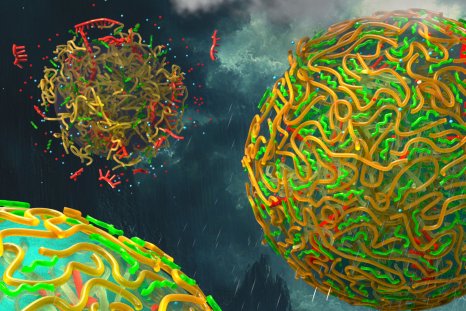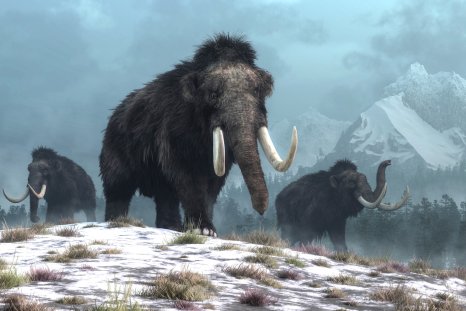Antarctica's unique ecosystems are increasingly at risk from non-native marine species and pollution carried from Southern Hemisphere landmasses, according to a new study published in Global Change Biology.
Researchers have revealed that floating debris, including plastics and organic materials, can transport invasive species to Antarctic waters from a broader range of sources than previously understood.
"Antarctic marine and terrestrial habitats have been isolated from the rest of the planet for millions of years," Kevin Hughes, an environmental research and monitoring manager at the British Antarctic Survey, who was not involved in the study, told Newsweek.
This isolation, Hughes said, means species "are not used to competition and may not be able to compete with common invading species from other parts of the world."
The study reveals that non-native species, particularly small marine invertebrates, can hitch a ride on floating objects like kelp, driftwood, pumice and plastic, reaching the Antarctic coastline not only from remote Southern Ocean islands but also from as far afield as Australia, New Zealand, South Africa, and South America.
"An increasing abundance of plastics and other human-made debris in the oceans means there are potentially more opportunities for biota to reach Antarctica," lead author Hannah Dawson, who conducted the research as part of her Ph.D. at the University of New South Wales, Australia, said in a statement.
The implications for Antarctica's marine ecosystems are significant.
"Antarctica is a continent dedicated to peace and science," Hughes said. "Researchers use it as a natural laboratory to test scientific theories on many topics, including ecology. This becomes more difficult if the simple ecosystems of Antarctica are made more complex by the introduction of non-native species."
The research team utilized oceanographic models, tracking the movement of floating debris over nearly two decades, to understand how these objects could reach Antarctic shores.
"We were able to analyze how frequent these rafting connections are by simulating dispersal pathways across 19 years of differing oceanographic conditions," co-author Adele Morrison said in a statement.
"We found that rafting objects reached the Antarctic coastline in each of the years simulated. There seems to be a constant bombardment of anything that floats—whether it's kelp or a plastic bottle."
Dawson likened their modeling process to the children's game "Poohsticks," where sticks are dropped into a river to see where they end up.
"We released millions of virtual particles—representing drift objects—from each of the source land masses and modeled their trajectories across 19 years of estimated surface ocean currents and waves," she said.
Their findings suggest that the tip of the Antarctic Peninsula is particularly vulnerable, as it has relatively warm ocean temperatures and often ice-free conditions, making it a likely first point of establishment for non-native species.
The recent decline in Antarctic sea ice heightens these concerns. Sea ice typically acts as a barrier, preventing many species from colonizing the continent.
However, with less ice, living organisms attached to floating debris may find it easier to reach and establish themselves in Antarctica, potentially disrupting local ecosystems.
Once there, warmer temperatures may make it easier for species to set up shop.
"The concern with climate change is that it makes the Antarctic less extreme, which makes the likelihood of any introduced species becoming established greater," Hughes said. "Established species will reproduce and spread, potentially having negative impacts on native species."
While some routes to Antarctica can never be completely shut off, reducing the flow of species to the southern continent can help protect its environment.
"The greater the amount of plastic, the more likely that species will be successfully transported," Hughes said.
Do you have a tip on a science story that Newsweek should be covering? Do you have a question about plastic pollution? Let us know via science@newsweek.com.
Disclaimer: The copyright of this article belongs to the original author. Reposting this article is solely for the purpose of information dissemination and does not constitute any investment advice. If there is any infringement, please contact us immediately. We will make corrections or deletions as necessary. Thank you.




